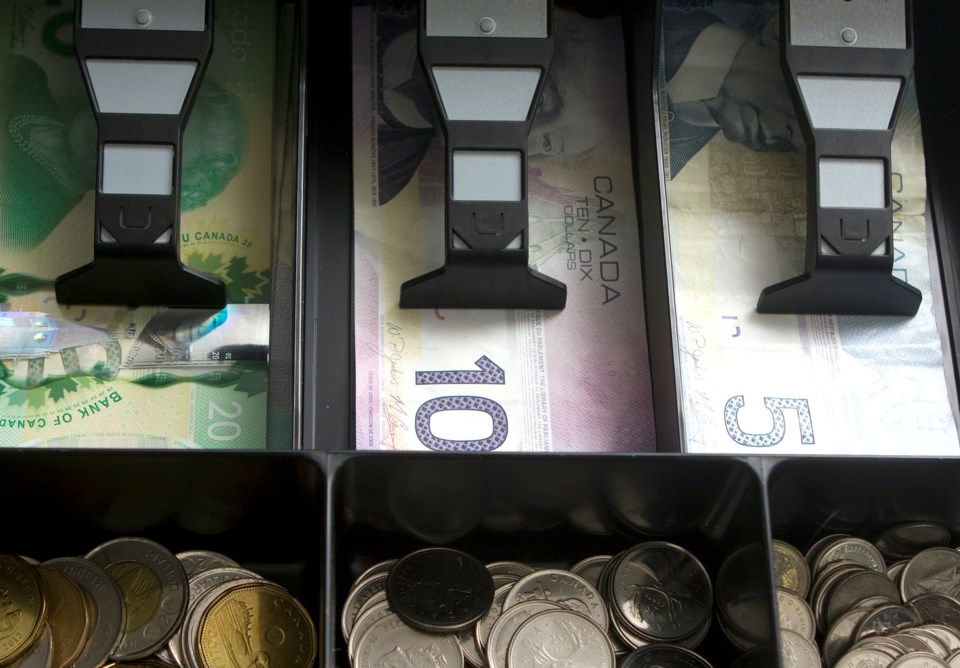It’s been almost two years since the COVID-19 pandemic began, and even though society is slowly returning to some normalcy, the business community is still struggling, a new survey shows.
Sales remain low, debt remains high, and many businesses are considering shutting their doors permanently since they are a long way from recovery, according to the latest Canadian Federation of Independent Business (CFIB) small business recovery dashboard. Only 34 per cent of Saskatchewan businesses have returned to normal sales, while debt levels and the percentage of businesses considering bankruptcy remain high.
“While it is good news that COVID restrictions have been lifted in Saskatchewan, the economic damage to small business has been massive and has left many in a very precarious position,” said Annie Dormuth, CFIB Saskatchewan provincial affairs director.
“It’s critical that as we enter the recovery phase of the pandemic, the Saskatchewan government holds off on any cost increases. The upcoming 2022-23 provincial budget presents an opportunity for the Saskatchewan government to provide cost relief for small businesses. Especially given that one in seven (15 per cent) of Saskatchewan small businesses are actively considering bankruptcy or permanently winding down operations.”
In Saskatchewan, nearly two-thirds of businesses (62 per cent) report taking on debt, at an average of $95,188 per business. However, businesses in sectors such as hospitality and arts and recreation are faring considerably worse than the average.
Meanwhile, 88 per cent of provincial businesses are fully open and 50 per cent are at or above normal staffing levels.
Since the start of 2022, the share of provincial small businesses reporting normal sales has decreased to 34 per cent from 36 per cent, the CFIB said. Until more businesses can return to normal sales, their capacity to face new costs or repay debt remains significantly reduced.
Nationally, 72 per cent of Canadian businesses are fully open, 46 per cent are fully staffed, and 35 per cent are returned to normal sales.
To give small businesses time to recover, CFIB is hoping to see the following in the upcoming provincial budget:
- Freeze the small business tax rate at zero per cent rather than increasing it to one per cent on July 1
- Freeze education property tax mill rates at their new levels
- Keep labour costs down for small businesses
- Provide ongoing cost relief to businesses while they strive to recover from the impacts of the pandemic
- Any Saskatchewan carbon tax proposal should include measures to offset any new costs associated with carbon pricing
“Saskatchewan’s small businesses have borne the brunt of two years of off-and-on COVID restrictions and will be dealing with the fallout of the pandemic for months, if not years,” Dormuth added. “Imposing new costs and higher taxes on them right could be the final nail in the coffin for some.”




